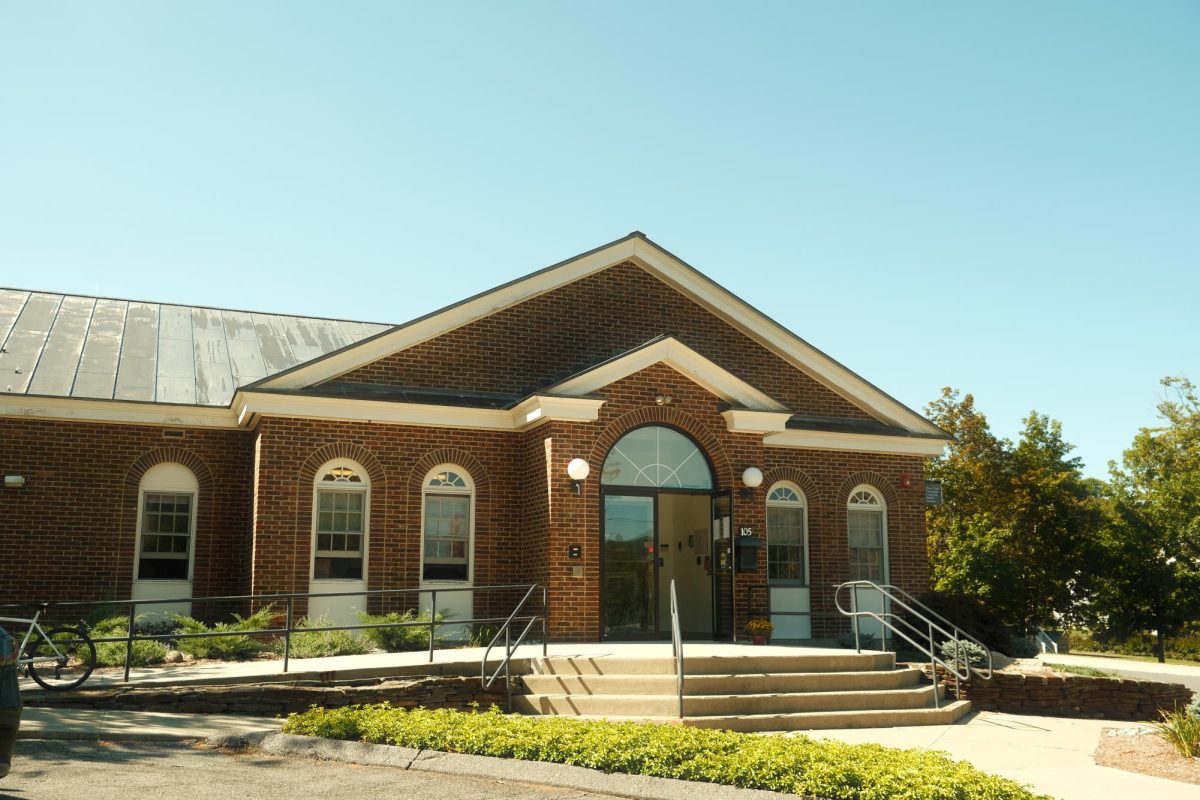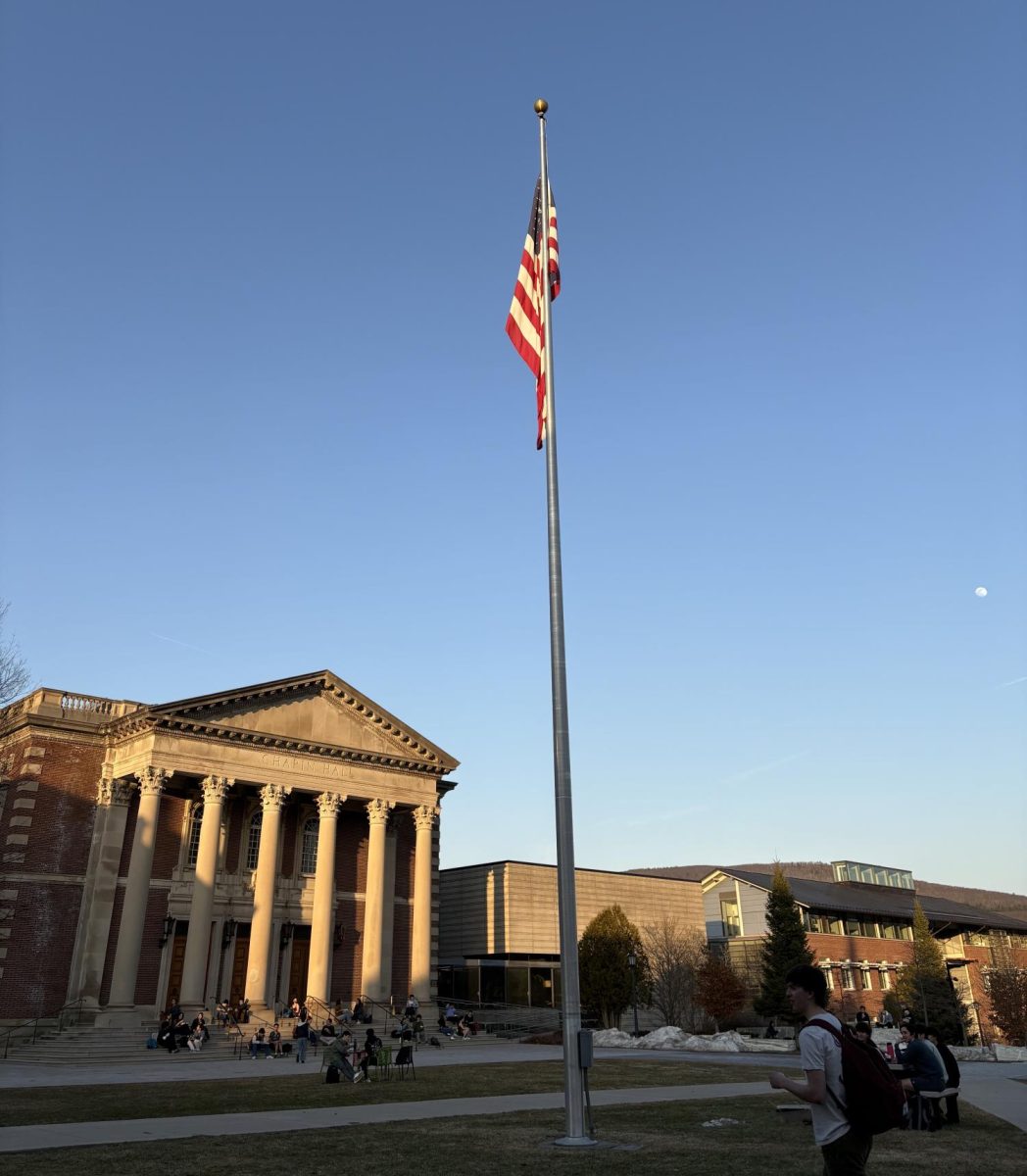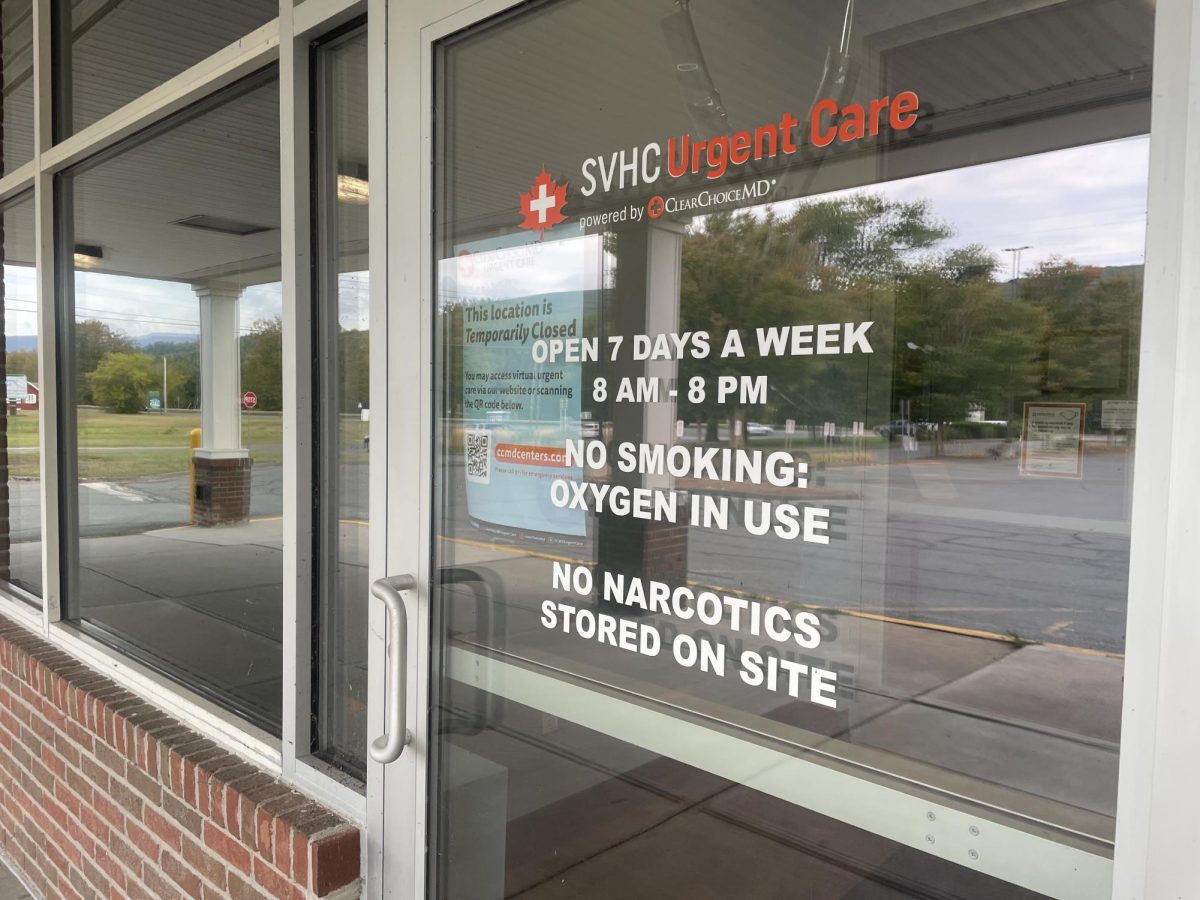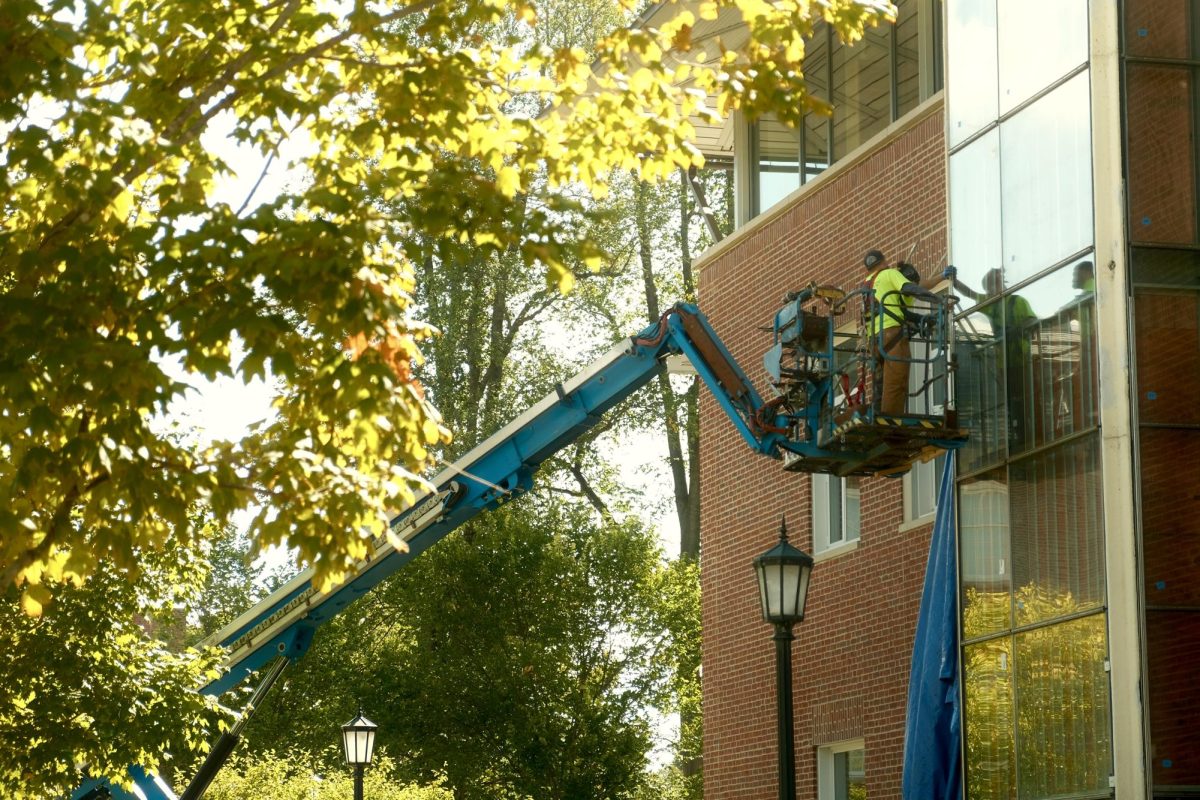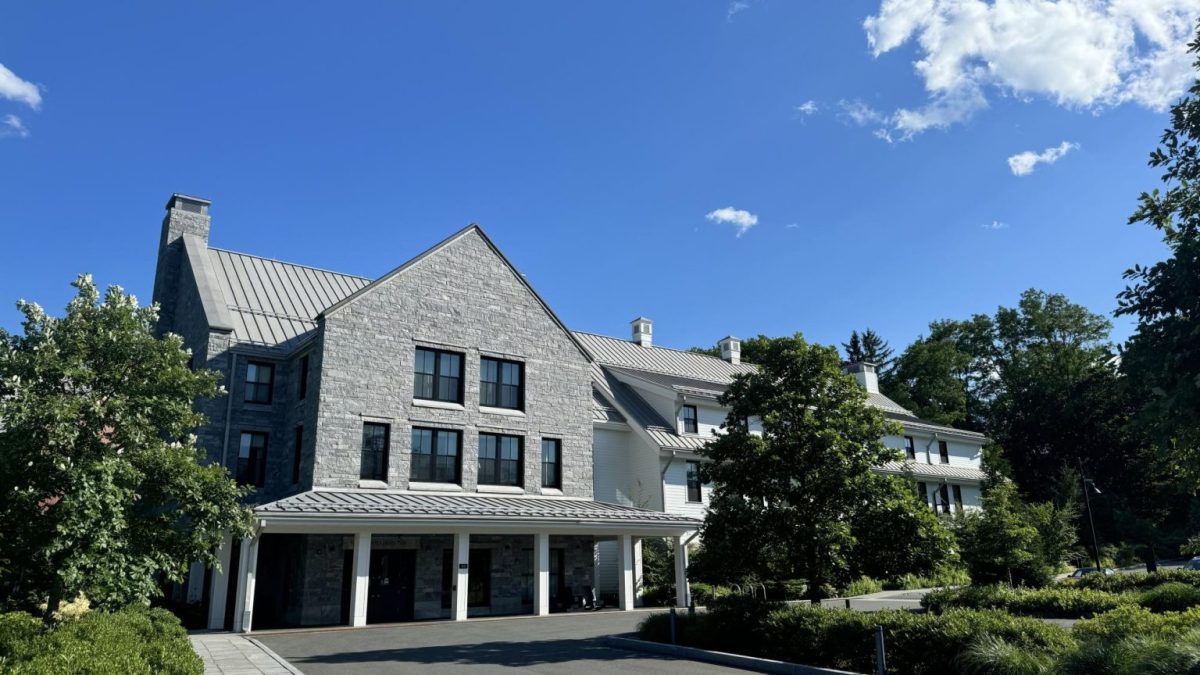Affirmative action trial challenges Harvard’s admissions system
On Monday, Oct. 15, a trial began against Harvard regarding its affirmative action practices (“Michael Wang ’17 takes part in advocacy related to anti-Asian discrimination lawsuit,” Oct. 17, 2018). The plaintiffs began their case by arguing that anti-Asian discrimination occurs in Harvard’s admissions process. The trial proceedings since have brought to light the inner workings of Harvard’s admissions committee meetings. Trial documents included application files and emails between Harvard Dean of Admissions William Fitzsimmons and donors. These documents have revealed Harvard’s rating system for applicants, which assigns students a number from one to six, corresponding to the likelihood an applicant will gain admission, with one being the most likely. This rating is coupled with a “personal rating” and a written description of the applicant by the admissions officer. The plaintiffs argued that Asian Americans unfairly receive lower personal ratings. However, while testifying, Fitzsimmons suggested that applicants may receive lower ratings due to impersonal letters of recommendation.
The New York Times also described specific terminology defined through the trial: “‘Tips’ are bumps given to applicants, the ‘dean’s interest list’ is a compendium of applicants with clout and the ‘Z-list’ is a sort of back door into the college for students who are borderline academically.” These documents also brought up how Harvard specifically seeks to draw applicants from rural areas to get students from a larger variety of geographic backgrounds, which is said to largely consist of students who identify racially as “white” and “other.” While releasing this information during the trial revealed admissions secrets, Harvard ultimately decided that divulging these details would help its case.
Survey suggests higher education administrators largely left wing
Samuel Abrams, professor of politics at Sarah Lawrence, conducted research regarding the politics of administrators at a variety of colleges and universities. The survey gathered information about political affiliations from 900 people in roles that work with students. The National Opinion Research Center at the University of Chicago helped Abrams create the group that was surveyed. Inside Higher Ed summarized the results: “Abrams found that liberal student affairs leaders outnumbered conservatives 12 to one, with only six percent of administrators indicating they were conservative, versus 71 percent identifying as liberal or very liberal.” Abrams conducted the survey to consider the effect the politics of administrators have on a college or university.
In an op-ed in The New York Times, Abrams labeled himself as “a conservative-leaning professor who has long promoted a diversity of viewpoints.” He explained that the lack of diversity in higher education administration worried him and prompted his research due to the large role administration plays in students’ lives outside the classroom.
Trump administration issues student visa notice
Last week, the Trump administration put out a notice describing its plan to propose a maximum stay time for international students and other groups of people with nonimmigrant visas. The administration expects to introduce this plan, titled “Establishing a Maximum Period of Authorized Stay for F-1 and Other Nonimmigrants,” in September 2019. The rule, posted on the government’s Office of Information and Regulatory Affairs website, states, “U.S. Immigration and Customs Enforcement (ICE) will propose to modify the period of authorized stay for certain categories of nonimmigrants traveling to the United States from ‘duration status’ and to replace such with a maximum period of authorized stay, and options for extensions, for each applicable visa category.” Currently, international students’ visas provide them with “duration status,” which allows them to remain in the United States as long as they hold the statuses of students. This allows international students to study at multiple institutions throughout their academic career. However, this rule, if implemented, would create a maximum time for those with F-1 student visas, with the opportunity for extensions. The rule does not specify the maximum length of these periods of stay.
The government information regarding the rule also provides a “statement of need” describing the administration’s justification behind the proposed change. “The failure to provide certain categories of nonimmigrants with specific dates for their authorized periods of stay can cause confusion over how long they may lawfully remain in the United States and has complicated the efforts to reduce overstay rates for nonimmigrant students,” the notice states. In terms of the effect of the rule, the notice states that “ICE is in the process of assessing the costs and benefits.” This change could potentially affect colleges and universities’ recruitment of international students, which declined by 5.5 percent this past year after many consecutive years of growth.



